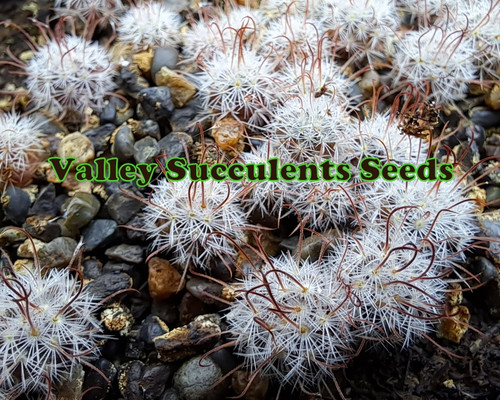Pot Size: 3.5"
Accepted Scientific Name:
Euphorbia trigona 'Rubra'
Origin and Habitat:
Euphorbia trigona 'Rubra', also known as the African Milk Tree ‘Rubra’, is a cultivated red-leafed variety of Euphorbia trigona, a succulent species native to central and western Africa, particularly in regions of Cameroon. In its native habitat, it grows in arid and semi-arid environments, often forming dense, shrubby stands in open, sun-exposed areas. These plants are adapted to harsh conditions with infrequent rainfall, thriving in well-drained, sandy or rocky soils. While the 'Rubra' variety does not occur in the wild, it inherits the species’ tolerance to heat, drought, and poor soil conditions. Due to its vibrant coloration and architectural form, it is widely cultivated as an ornamental indoor or patio plant in temperate regions.
Description:
Euphorbia trigona 'Rubra' is a striking, upright succulent that typically reaches 24 to 36 inches in height indoors, with stems up to 2 to 3 inches thick. Its vertical, angular stems are ridged and triangular in cross-section, with each ridge lined with paired reddish-brown thorns and small, teardrop-shaped reddish-purple leaves. The stems and leaves take on deeper hues in bright light, ranging from burgundy to deep maroon. Flowers are rare in cultivation and typically insignificant, appearing only under ideal outdoor conditions. Its bold structure and intense color make it a popular choice for modern and drought-tolerant landscapes or interior design.
Cultivation:
Zone: USDA Hardiness Zones 9 to 11
Temperature: Prefers 15°C to 30°C; protect from frost (minimum 10°C)
Growth Rate: Moderate to fast in warm, bright conditions
Soil: Requires fast-draining cactus or succulent soil with added pumice for improved drainage
Watering: Water thoroughly when soil is dry; reduce significantly in winter
Fertilizing: Apply a diluted cactus fertilizer every 2–3 weeks during spring and summer
Light: Bright, indirect light to full sun; more sun enhances red coloration
Pests and Diseases: Occasionally affected by mealybugs and spider mites; susceptible to root rot if overwatered
Propagation:
Propagated by stem cuttings; allow cut end to callous for several days before planting in dry pumice-rich soil.







